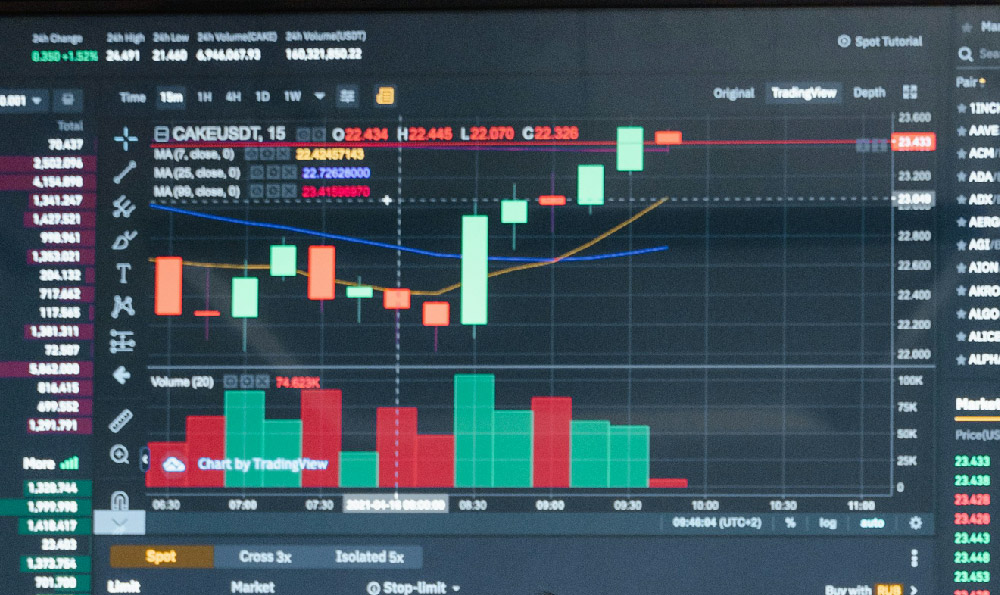What's the best way to invest $5000, and where should I start?

Investing $5,000 can be a significant first step toward building wealth and achieving your financial goals. However, deciding where to invest it requires careful consideration of your individual circumstances, risk tolerance, and investment timeline. There’s no single “best” way, but rather a range of options each with its own potential rewards and drawbacks. Understanding these options is crucial to making an informed decision that aligns with your specific needs.
Before diving into specific investment vehicles, it’s essential to assess your financial situation. Ask yourself: What are your short-term and long-term financial goals? Are you saving for a down payment on a house, retirement, or perhaps a child's education? How comfortable are you with the possibility of losing some of your investment in exchange for potentially higher returns? These answers will shape your investment strategy. A young person with a long investment horizon might be comfortable with a more aggressive approach, focusing on growth stocks, while someone closer to retirement might prefer a more conservative strategy centered on preserving capital.
Once you've clarified your goals and risk tolerance, you can explore several investment avenues. One popular option, particularly for beginners, is investing in Exchange-Traded Funds (ETFs). ETFs are essentially baskets of stocks or bonds that track a specific market index, sector, or investment strategy. For example, an S&P 500 ETF aims to mirror the performance of the 500 largest publicly traded companies in the United States. Investing in an S&P 500 ETF provides instant diversification, meaning your investment is spread across a wide range of companies, mitigating the risk associated with investing in individual stocks. Furthermore, ETFs typically have low expense ratios, meaning the fees charged to manage the fund are relatively low, allowing you to keep more of your returns. You can easily purchase ETFs through a brokerage account. With $5,000, you could invest in several different ETFs to diversify across various asset classes, such as US stocks, international stocks, and bonds.

Another option to consider is investing in individual stocks. While this can potentially offer higher returns than ETFs, it also comes with significantly higher risk. Thorough research is crucial before investing in any individual stock. This includes understanding the company's business model, financial performance, competitive landscape, and management team. It's also important to diversify your stock holdings by investing in companies from different industries. With $5,000, it's generally advisable to invest in a smaller number of carefully selected stocks rather than spreading your investment too thinly across numerous companies. Remember, concentration can amplify gains, but also losses.
For those with a lower risk tolerance or a shorter investment timeline, bonds can be a suitable option. Bonds are essentially loans that you make to a government or corporation. In return, you receive regular interest payments and the principal amount back at maturity. Government bonds are generally considered to be safer than corporate bonds, but they typically offer lower yields. Bond ETFs can be a good way to diversify your bond holdings and reduce risk.
Beyond traditional stocks and bonds, there are alternative investments such as real estate investment trusts (REITs). REITs are companies that own or finance income-producing real estate. Investing in REITs allows you to participate in the real estate market without directly owning property. REITs typically distribute a significant portion of their income as dividends, making them an attractive option for income-seeking investors. However, REITs can be sensitive to interest rate changes and economic conditions.
Regardless of the investment option you choose, it's crucial to prioritize long-term investing. Avoid the temptation to try and time the market or make impulsive decisions based on short-term market fluctuations. Instead, focus on building a diversified portfolio and holding your investments for the long term. Dollar-cost averaging, a strategy where you invest a fixed amount of money at regular intervals, regardless of the market price, can be a helpful way to mitigate risk and build wealth over time. With $5,000, you could invest a portion of it each month over a period of time, rather than investing it all at once.
Where should you start? The first step is opening a brokerage account. Several online brokers offer commission-free trading, making it easier and more affordable to invest. Some popular options include Vanguard, Fidelity, and Charles Schwab. These brokers offer a wide range of investment products and educational resources to help you get started. Once you have opened an account, you can fund it with your $5,000 and begin investing. Start small and gradually increase your investment amount as you become more comfortable and knowledgeable.
Continuous learning is essential for successful investing. Stay informed about market trends, economic developments, and investment strategies. Read books, articles, and blogs on investing. Follow reputable financial news sources. Consider taking online courses or attending webinars to enhance your financial knowledge. The more you learn, the better equipped you will be to make informed investment decisions.
Finally, remember that investing involves risk. There is no guarantee that you will make a profit, and you could potentially lose money. It's important to be aware of the risks involved and to invest only what you can afford to lose. If you are unsure about where to invest or how to create a financial plan, consider consulting with a qualified financial advisor. A financial advisor can help you assess your financial situation, set realistic goals, and develop a personalized investment strategy tailored to your specific needs and circumstances. They can also provide ongoing guidance and support as you navigate the complexities of the financial markets. Starting with $5,000 is an excellent first step. With patience, discipline, and a commitment to continuous learning, you can build a solid foundation for your financial future.















